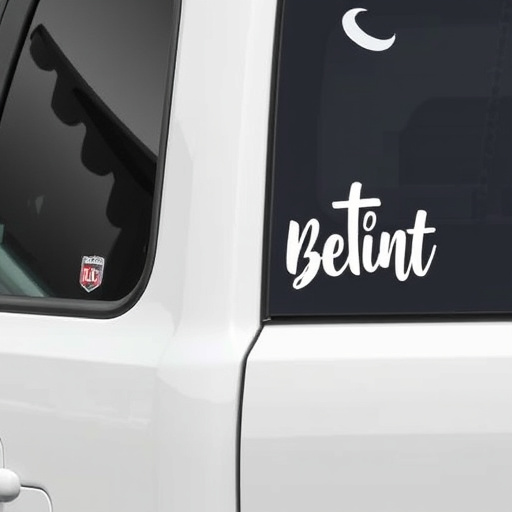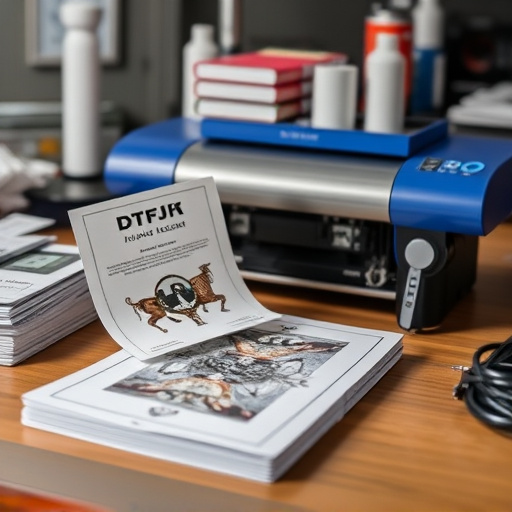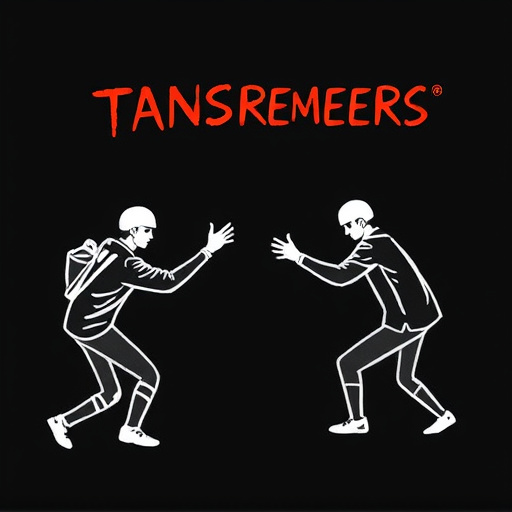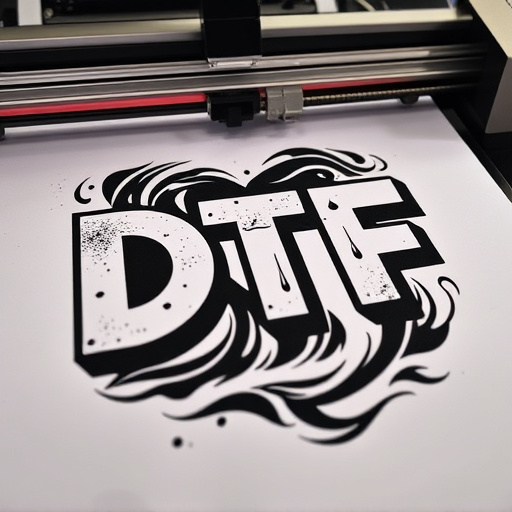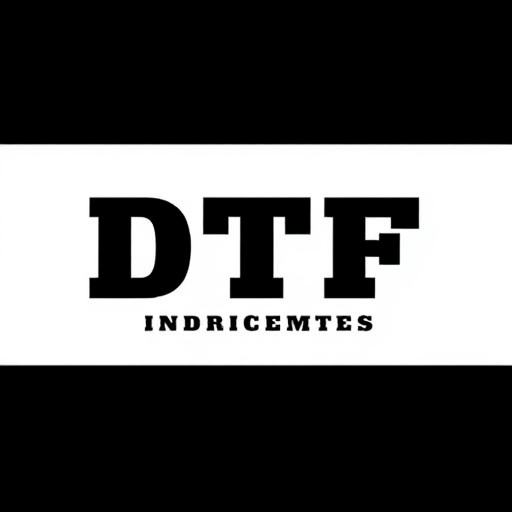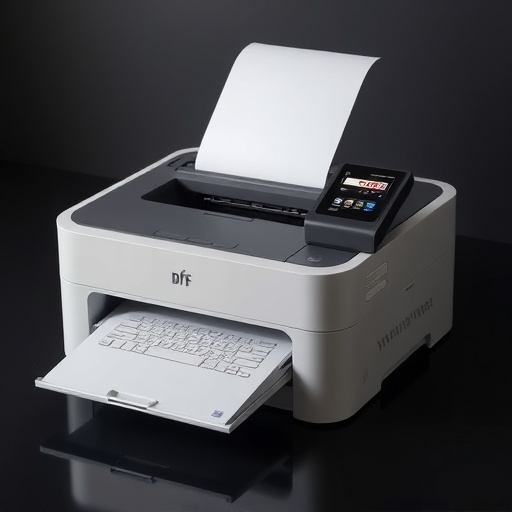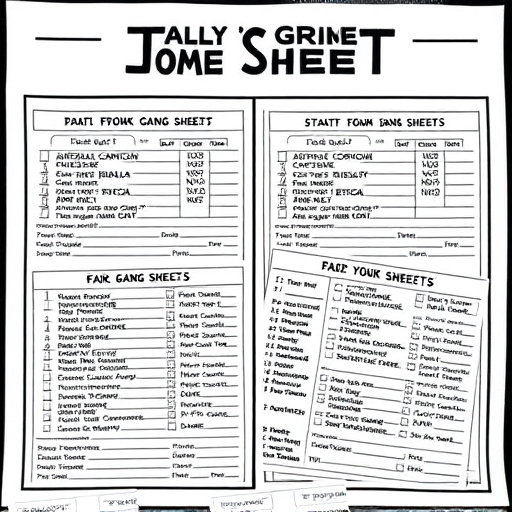DTF Transfer Gang Sheets are crucial tools for industries managing material handling, offering a structured framework to streamline transfer operations with designated zones for inputting vital data like material size, quantity, and durability. They enhance productivity, reduce errors, and enable quick tracking of transfer-related data, making them essential for efficient warehouse and production line management. These sheets simplify garment printing by ensuring consistent quality and saving time, but require understanding of DTF design requirements and file preparation to achieve crisp, long-lasting transfers on diverse fabric types. Effective management involves addressing color consistency, prompt delivery, and efficient inventory/order processing to meet dynamic demands.
In today’s fast-paced printing industry, efficient management of DTF (Direct To Film) transfer gang sheets is paramount. These sheets play a crucial role in ensuring smooth workflow and high-quality print outcomes. However, navigating their complex needs can be challenging, from dealing with sheet damage during storage to matching specific specifications for various print jobs. This article guides you through mastering the art of reordering DTF transfer gang sheets efficiently, exploring strategies that streamline operations, enhance productivity, and ensure consistent print quality.
- Understanding DTF Transfer Gang Sheets
- – Definition and purpose of DTF transfer gang sheets
- – Common challenges faced while managing them
Understanding DTF Transfer Gang Sheets

DTF Transfer Gang Sheets are essential tools for efficiently managing and organizing transfer operations, especially in industries dealing with large-scale material handling. These sheets provide a structured framework to facilitate the transfer process, ensuring materials are moved safely and effectively from one stage to another within a production line or warehouse. Understanding the layout and purpose of these sheets is crucial for streamlining work processes.
Each DTF Transfer Gang Sheet typically includes specific zones designed for different types of data input. These may include details about the material being transferred, such as its size, quantity, and durability (a key factor in ensuring product quality). By organizing this information on a single sheet, it becomes simpler to manage dtf bulk orders and maintain accuracy during transfers, which is especially important when dealing with diverse products. This system also allows for quick reference and easy tracking of transfer-related data, contributing to improved overall productivity and reduced errors.
– Definition and purpose of DTF transfer gang sheets

A DTF Transfer Gang Sheet is a specialized printing tool used in the process of direct-to-fabric (DTF) transfer. It’s essentially a flat sheet that allows for the precise placement of heat-transfer designs onto various fabrics. These sheets play a crucial role in the garment printing industry, enabling efficient and accurate application of graphics, text, and patterns onto textiles. The purpose is to simplify the printing process, ensuring consistent quality and saving time for printers and designers alike.
Understanding the DTF design requirements and proper file preparation is key before creating these gang sheets. This involves setting the correct dimensions, resolution, and color modes in line with the chosen fabric type and desired print outcome. Additionally, optimizing the DTF heat press settings—including temperature, pressure, and pressing time—is vital to achieve crisp, long-lasting transfers on different fabric materials. Efficient use of these gang sheets contributes to streamlined workflow and high-quality printed products.
– Common challenges faced while managing them

Managing DTF Transfer Gang Sheets can be a complex task due to several common challenges. One of the primary difficulties is maintaining color consistency across different sheets, especially when dealing with varied print requirements. This issue, known as dtf color matching, often leads to time-consuming adjustments and quality control checks. Additionally, ensuring prompt delivery without compromising on precision is a significant hurdle for many businesses utilizing DTF Transfer Gang Sheets.
Another challenge arises from the dynamic nature of printing services, where quick turnaround times and accurate results are expected. With the demand for dtf printing services growing, efficient inventory management and streamlined order processing become crucial to meet client expectations. Fast delivery, while highly valued by customers, poses its own set of complexities, requiring robust logistics and communication systems to ensure timely completion and shipment of DTF Transfer Gang Sheets without errors or delays.
Efficiently reordering DTF Transfer Gang Sheets involves understanding their unique purpose and addressing common challenges. By streamlining processes and leveraging digital tools, organizations can significantly enhance productivity and reduce errors. Remember that a well-managed DTF Transfer Gang Sheet is not just a document; it’s a key component in ensuring smooth operations and data integrity.






